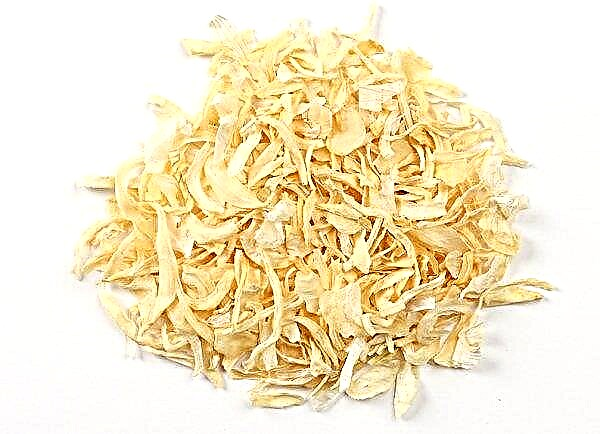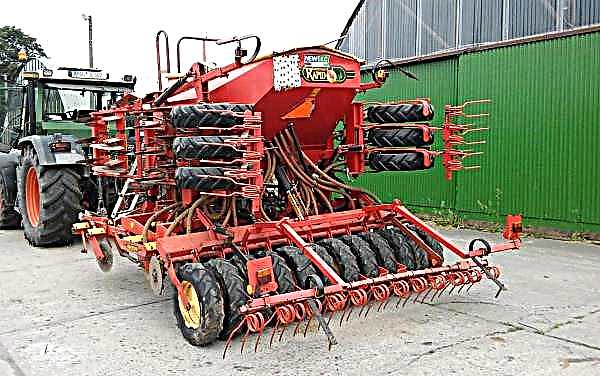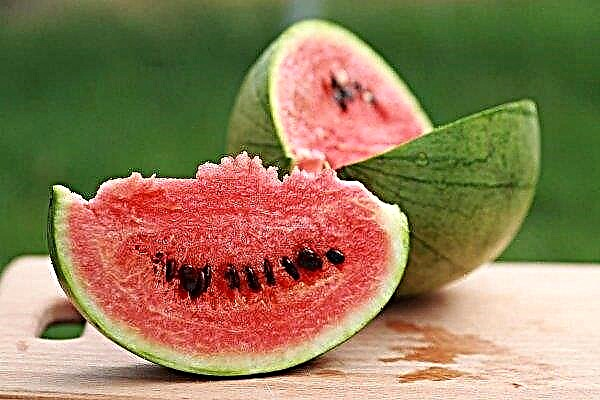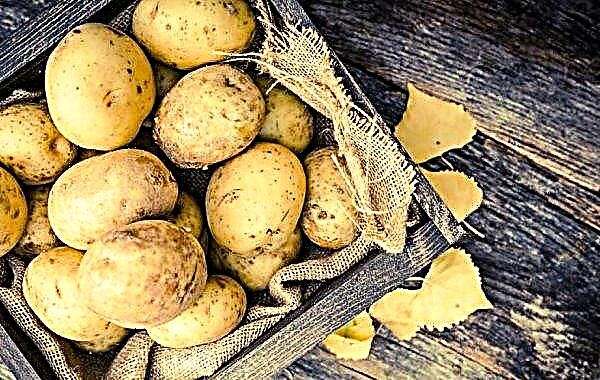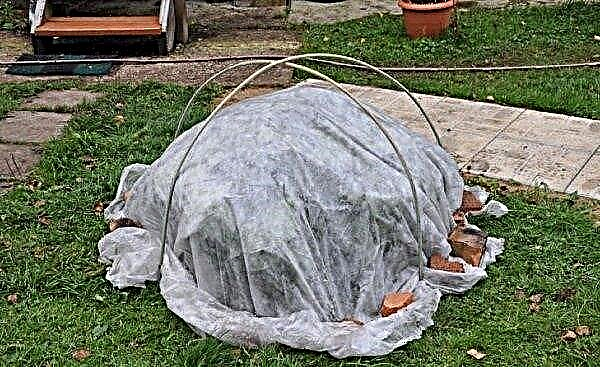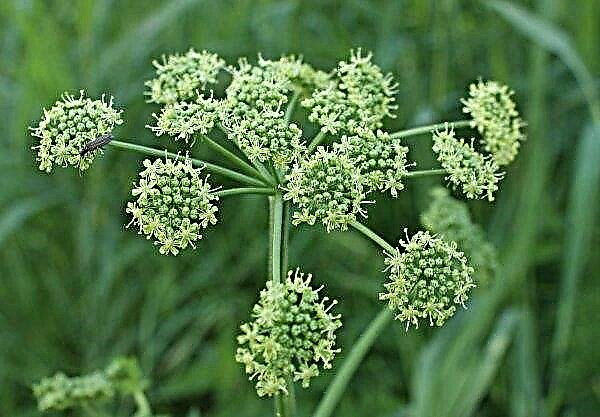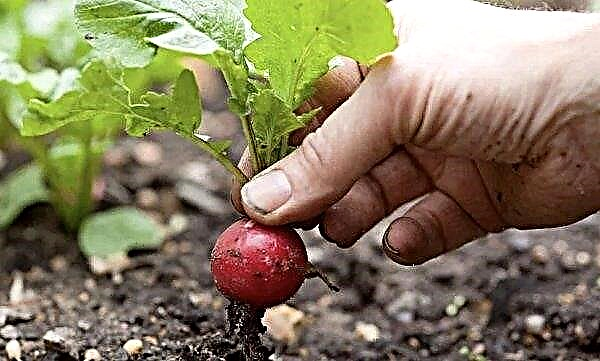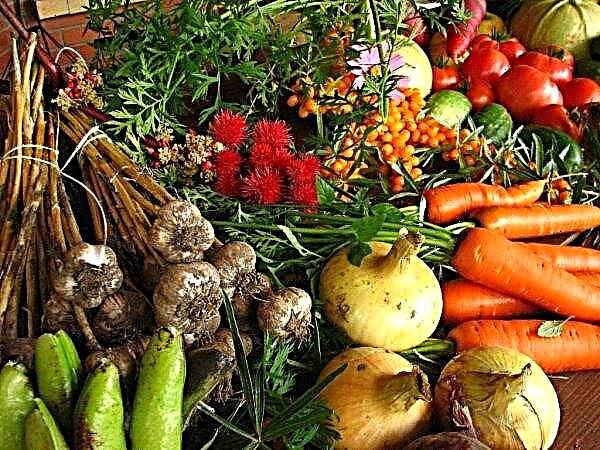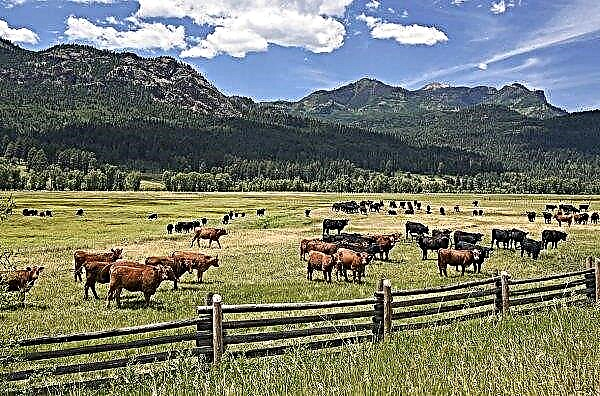Each summer resident dreams of growing early ripe potatoes on his plot. Aroza variety makes it possible to enjoy young root crops in June. Read more about the characteristics of this universal variety, as well as about the features of its cultivation, read in this article.
Characteristic and Description
Arosa potato is an invention of German breeders. The species was bred in 2009, its initiator was Uniplanta Saatzucht KG (Germany). Despite the fact that the variety has been cultivated not so long ago, it has been appreciated throughout the world.
Pros and cons of the variety
- The undoubted advantages of the new variety are:
- a short period of tuber ripening (the first digging is possible only 45–50 days after planting, full ripening occurs on the 70–75th day);
- high yield indicators, not dependent on climate and soil composition;
- excellent consumer characteristics (attractive appearance and excellent taste);
- drought tolerance;
- the possibility of cultivation without the use of an additional artificial irrigation system;
- withstands long-term transportation (resistance to mechanical damage);
- tubers perfectly withstand long-term storage (shelf life is 95%);
- root crops are suitable for processing (from which chips and french fries are made);
- good resistance to ailments that often affect the potato crop (mosaic, dry spotting, fusarium, verticillin wilt, potato cancer);
- nematodestability, which is very important for a number of home gardens and farms.
- The disadvantages of the Arosa variety are much less, among them:
- cases of infection with rhizoctoniasis, late blight and silver scab have been recorded;
- the bushes are susceptible to attacks by the Colorado potato beetle and the bear.
Did you know? The war between Prussia and Austria (1777–1779) for the possession of Bavaria received the name "potato". Belligerent countries, trying to prevent human casualties, destroyed only the enemy’s potato fields.
Productivity
Farmers note a high and stable yield of the species. The total productivity ranges from 188 to 204 kg / ha. In conditions of high agricultural technology - about 70 tons per hectare of planted area.
Photo gallery
Taste qualities
The taste of root vegetables is excellent. When assessed on a 5-point scale, taste characteristics reach 4.5. It is worth noting that the taste of a vegetable directly depends on the amount of starch.
Optimal landing times
It is necessary to plant Arosa in well-warmed ground (up to a temperature of +10 ... + 15 ° С). Therefore, potatoes should be planted no earlier than May.
Check out the growing features of other early potato varieties:
Planting and growing potatoes
To achieve maximum yield indicators, it is necessary to adhere to the standard rules of agricultural technology for growing potato crops, and also take into account some features of the Arosa variety.
Crop rotation rules
In the fall, you need to choose a place for planting potatoes. For these purposes, planting areas on which cabbage or legumes previously grew were suitable.
Soil requirements
The grade is unpretentious to soil. Due to its high adaptive qualities, Arosa is suitable for cultivation on all types of soil.
Prepare the landing areas in the fall: remove the tops and weeds, dig the earth to a depth of 15 cm, and add organic matter (10 kg of manure per 1 m²).
Preparing planting material
In the spring, 14 days before the planned planting, the tubers must be sorted and sprouted. The optimum temperature for germinating potatoes is + 12 ° C. Planting material needs to be planted when the sprouts reach a length of 3-4 cm. For planting, it is advisable to use medium tubers. The weight of one potato should be at least 55 and not more than 75 g. And so that the variety does not disappoint with productivity, the surface should be with eyes.
For planting, it is advisable to use medium tubers. The weight of one potato should be at least 55 and not more than 75 g. And so that the variety does not disappoint with productivity, the surface should be with eyes.
Important! Root crops for planting should not have dents or scratches. In addition, material affected by diseases, especially viral and fungal, is not suitable for planting.
Landing technology
Landing is carried out according to the following scheme:
- Treat planting material with Fitosporin (this will increase the potato's resistance to disease).
- Then shallow trenches dig from 8 to 10 cm. Between the rows there should be at least 60–75 cm.
- In the formed grooves, plant planting material at least 30 cm apart.
- Sprinkle potato holes with soil on top.
 Such planting will contribute to a rich and high-quality potato crop.
Such planting will contribute to a rich and high-quality potato crop.Potato care after planting
Compliance with the intricacies of care will significantly increase the chances of getting attractive reddish root crops.
Hilling and loosening the soil
Potatoes need to be tucked 2 or 3 times during the growing season. The procedure is necessary for intensive growth and formation of the root system and, accordingly, the formation of additional tubers under the bush.
The first hilling should be done immediately after planting in order to protect young shoots from unforeseen spring frosts. Perform the second procedure before budding. Produce the third during blooming if the bushes have not yet closed. To saturate the soil with oxygen and preserve moisture, loosen the soil regularly. Perform the procedure every time after watering, when the earth dries slightly. Loosening is useful to combine with weeding weeds.
To saturate the soil with oxygen and preserve moisture, loosen the soil regularly. Perform the procedure every time after watering, when the earth dries slightly. Loosening is useful to combine with weeding weeds.
Watering and fertilizing
Since Arosa tolerates heat well, there is no particular need for additional irrigation. But if you want to get high yields, plantings still need to be watered. It is advisable to do this in the evening, when solar activity is minimal so that no burns appear on the foliage. Under normal conditions, watering is performed every 7 days.
Did you know? Potato was the first vegetable grown in space. This happened in 1995 aboard the shuttle Columbia.
Fertilizers are introduced in several stages. The most optimal option is the following scheme:
- carry out the first feeding at the very beginning of the growing season (you can use mineral complexes);
- to improve the characteristics of the crop, during budding and flowering, feed the bushes with potassium;
- experienced gardeners recommend fertilizing at the same time as watering, then their effectiveness will be much higher.

Pest and Disease Control
Despite the strong immunity of the Arosa variety, do not forget about measures to prevent and combat potential threats:
- Variety often suffers rhizoctonia (black scab)caused by pathogenic fungi. The lesion is easy to detect in the spring - not all planted tubers sprout, but the sprouts that appear appear curled. To prevent the disease, treat the planting material with potassium permanganate. And for the purpose of fighting, treat the bushes with Maxim.
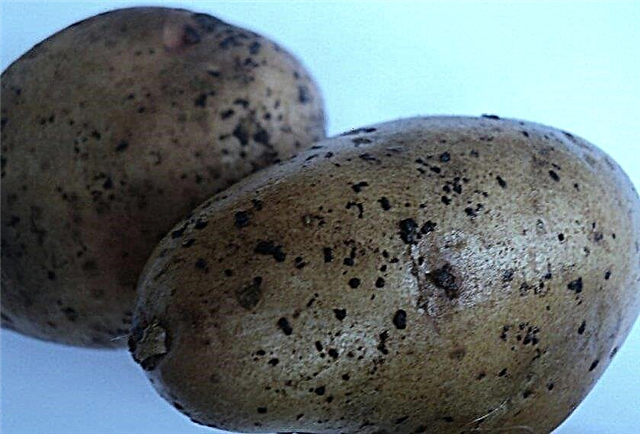
- Arosa is also susceptible to infection. silvery scab. The disease leads to massive infection of tubers. The methods for the prevention and control of silver scab and rhizoctonia are the same.

- Potatoes can get sick late blight. Infection is possible with late harvesting. The disease manifests itself as brown spots on the foliage. Over time, the leaves change color to black. The tops weaken and lie on the ground. Infected tubers cannot be used as food; they should be burned. In order to prevent infection, it is important not to overdo it with irrigation and treat the bushes with ash or boric acid. At the first sign of illness, treat the beds with a 1% solution of Bordeaux fluid or a solution of copper sulfate. The consumption of funds is 1 liter per 20 m². Repeat spraying at least three times. To prevent the development of the disease, experienced vegetable growers are advised to cut the tops 2 weeks before digging the crop.
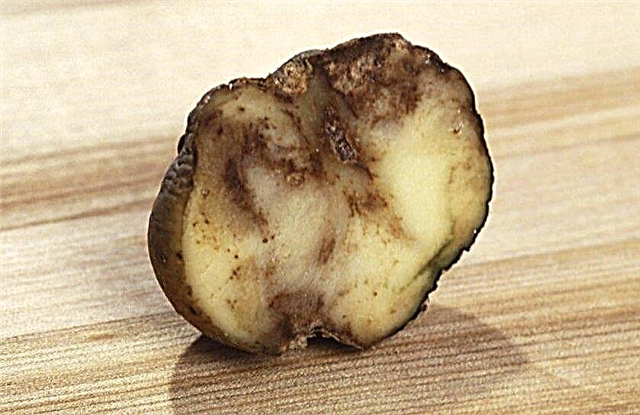
- Great damage to the beds the bear. They lead a nocturnal lifestyle and gnaw the aerial parts of the bushes. The presence of an insect can be determined by holes in the ground. The bait next to these moves helps to cope with the pest. Holes can also be shed with a solution of washing powder (2 tbsp. Per 10 liters of water). The Medvetoks drug is effective against this insect.
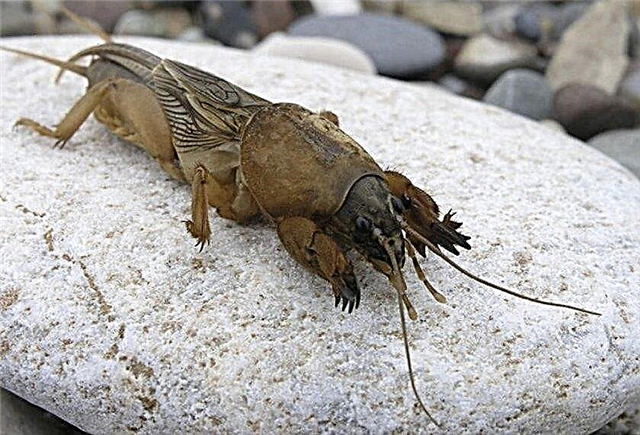
- Colorado beetles in a short period they are able to destroy not only beds, but also entire fields of potato culture. Adult Colorado potato beetles can winter in the soil. With the first sunbeams they go outside. As a result of planting, they are exposed to massive harmful activity of the beetle. You can fight this parasite with such universal insecticides as Actara or Antizhuk.

Important! Before working with insecticides, be sure to wear rubber gloves, an apron, a mask and safety glasses.
Harvest Dates
The peculiarity of Arosa potatoes is that 15 days before digging, cutting the tops is required. Due to this procedure, the risk of infection of the bushes with late blight is reduced. At the same time, irrigation must be stopped.
You can dig out root crops already in 1,5 months after shoots will appear. Harvesting should be completed at the end of July.
Dry the tubers thoroughly, sort them, then arrange them into wooden, non-continuous boxes. Send the crop for storage to the basement or cellar with an air temperature of +2 ... + 4 ° С. With minimal effort, you will get the maximum yield of delicious dark pink potatoes. Aroza plantations will delight you with beautiful bushes with lush foliage of saturated green color and dense purple inflorescences.







